
Commençons par une image familière.
Une femme, qui vient d’accoucher, se tient dans son salon. Son bébé est blotti contre sa poitrine dans une écharpe, pendant qu’elle tente une sorte de squat mêlé à un étirement pour récupérer une girafe en peluche coincée sous le divan. Elle ne porte pas de vêtements Lululemon. Elle n’a pas « rebondi ». Mais elle bouge.
Comparez maintenant avec la version Instagram : abdominaux plats, legging sans couture, bébé impeccablement emmailloté à l’arrière-plan, et une légende du style « Je me sens enfin moi-même à nouveau ». C’est un récit puissant et insidieux.
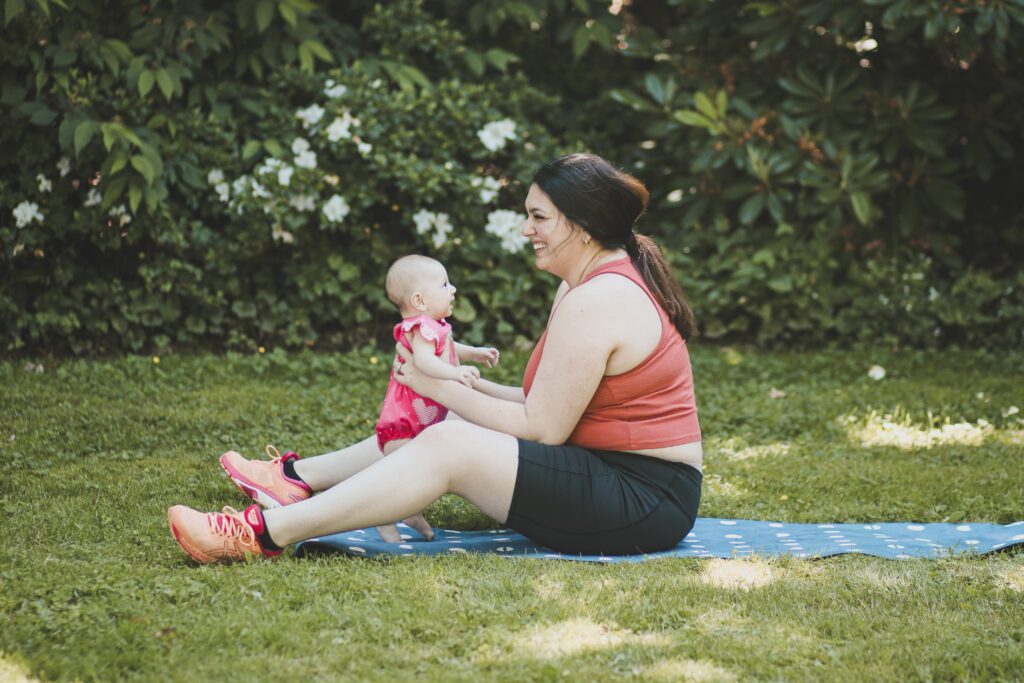
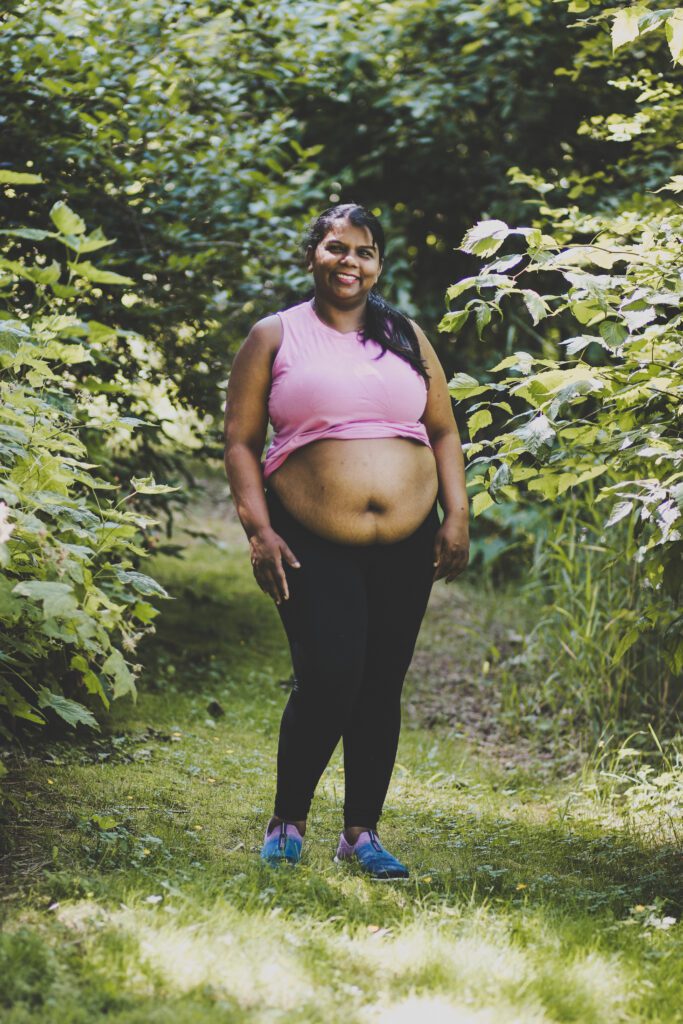
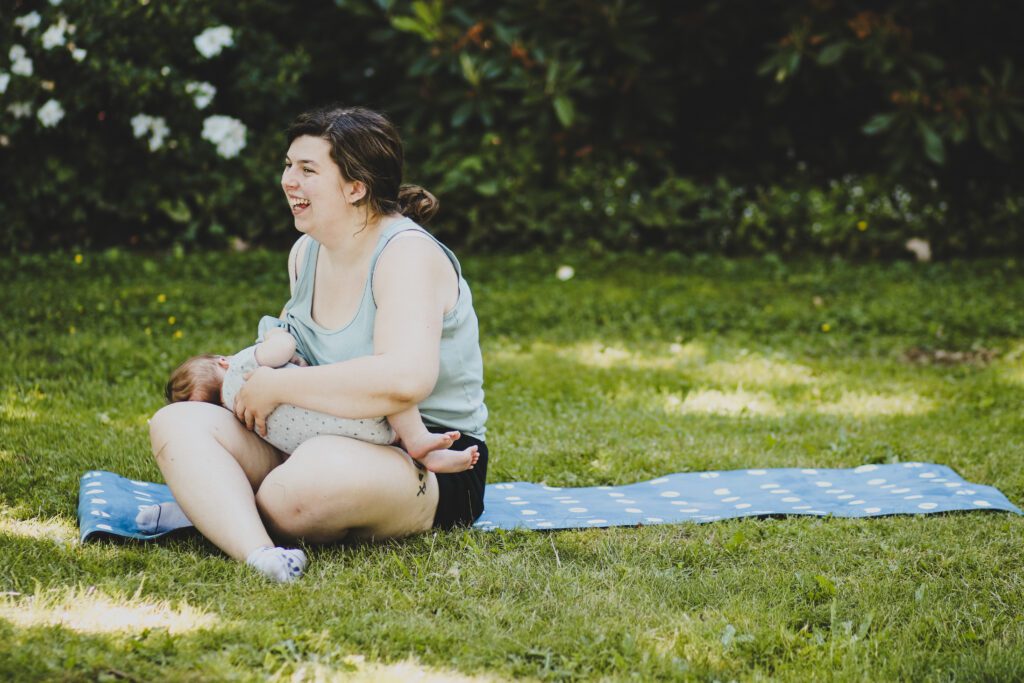
C’est précisément là que la Dre Iris Lesser et son équipe de l’Université de la vallée du Fraser entrent en jeu. Spécialiste de l’exercice prénatal et postnatal, la Dre Lesser dirige un groupe de recherche qui étudie comment les femmes en période postnatale naviguent sur le terrain complexe de l’image corporelle, de l’activité physique et de la pression sociale pour se conformer aux attentes esthétiques. Ce qu’ils ont découvert n’est pas surprenant, mais c’est alarmant.
Les femmes en postpartum sont prises dans un double dilemme : la société les incite à être actives pour leur santé mentale et physique, mais les punit si elles ne semblent pas avoir effacé toute trace de l’accouchement. C’est ce que les recherches de la Dre Lesser appellent le récit du « rebond », un fantasme selon lequel le rétablissement après une grossesse devrait être rapide, photogénique et essentiellement invisible. Mais la réalité, comme le démontrent les études de la Dre Lesser, relève davantage de la transformation que du retour à l’état d’avant. Et cette réalité mérite d’être représentée.

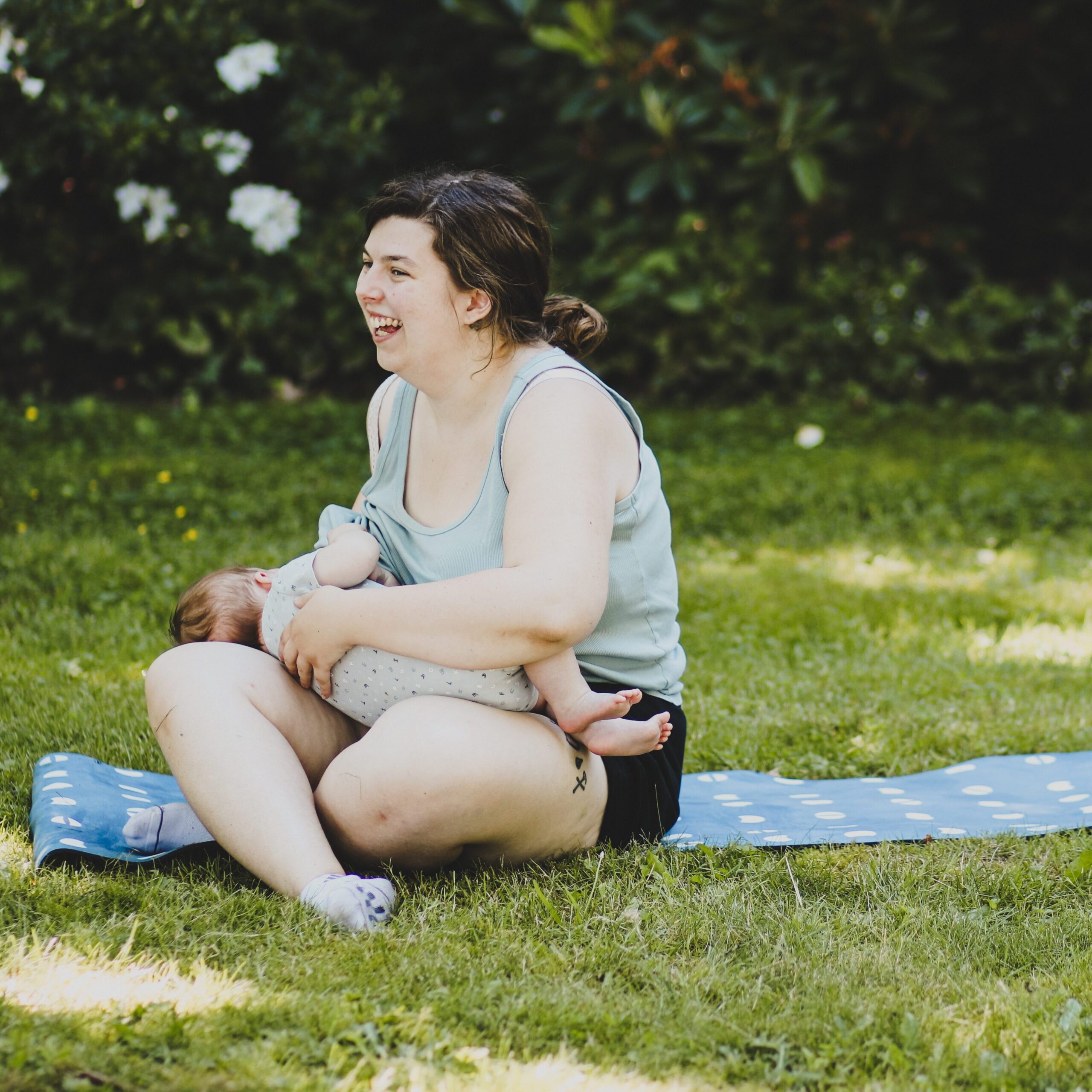
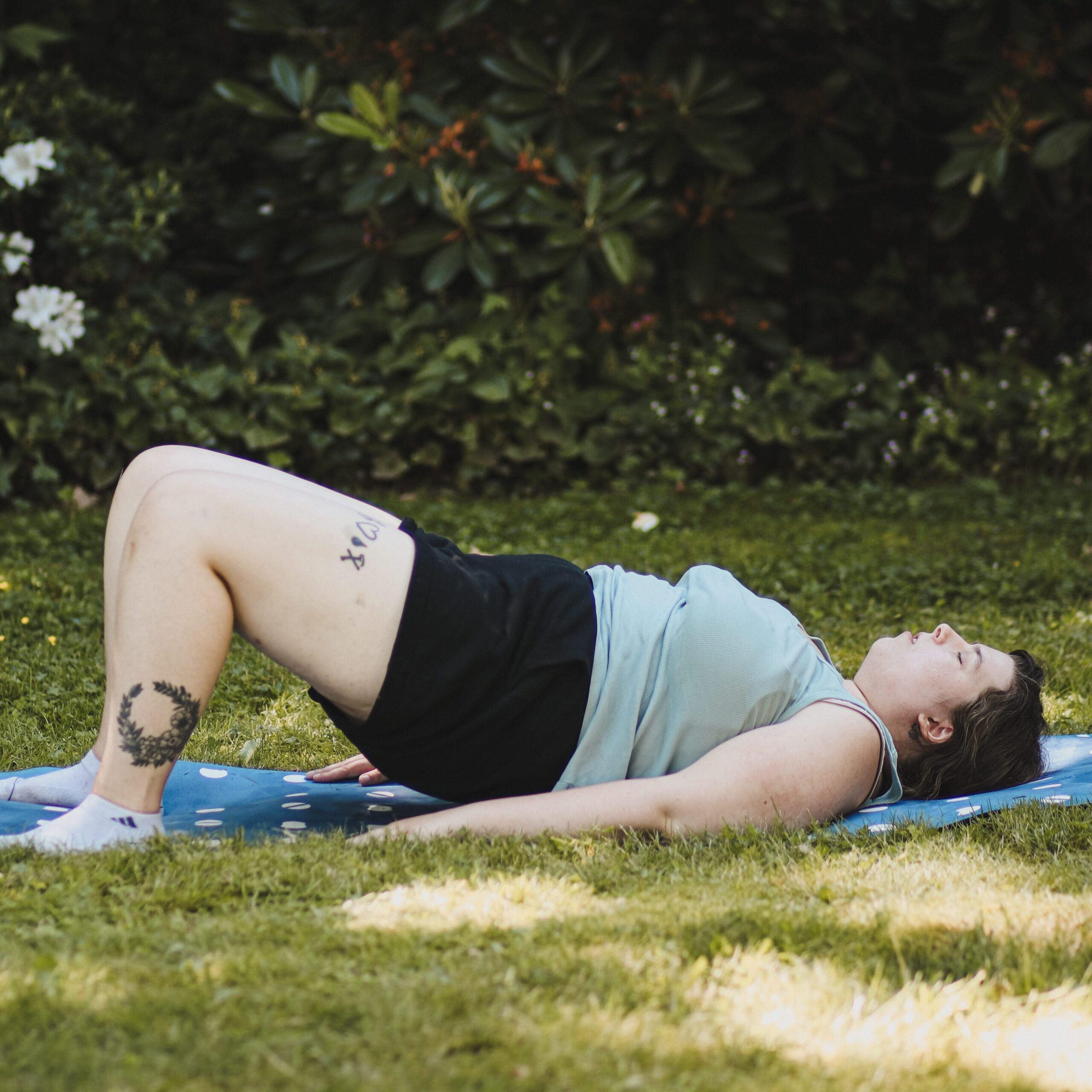
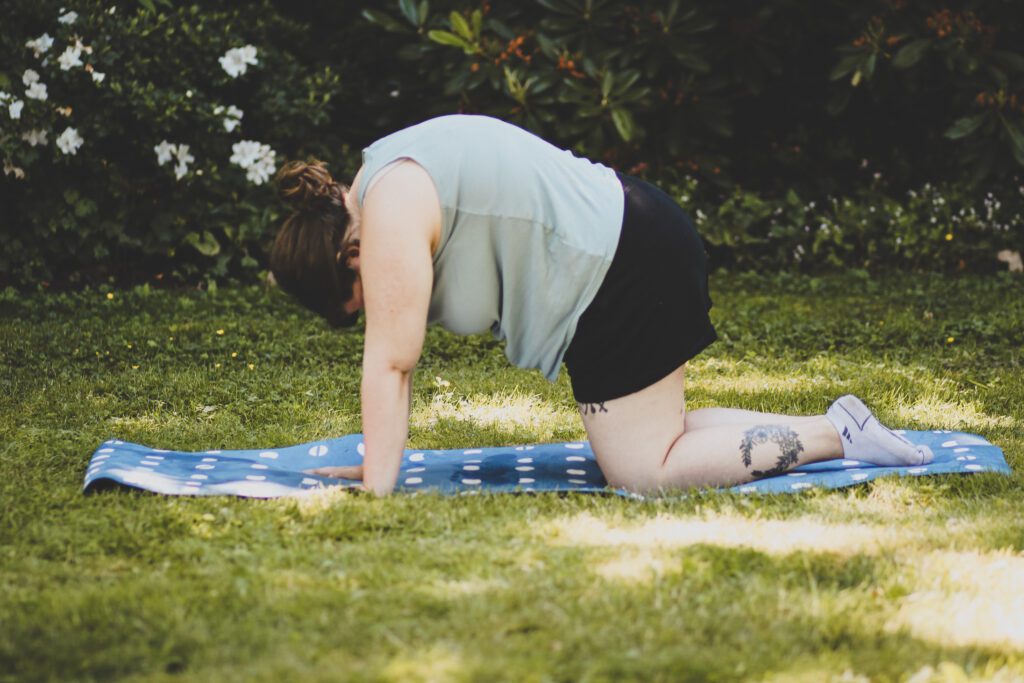
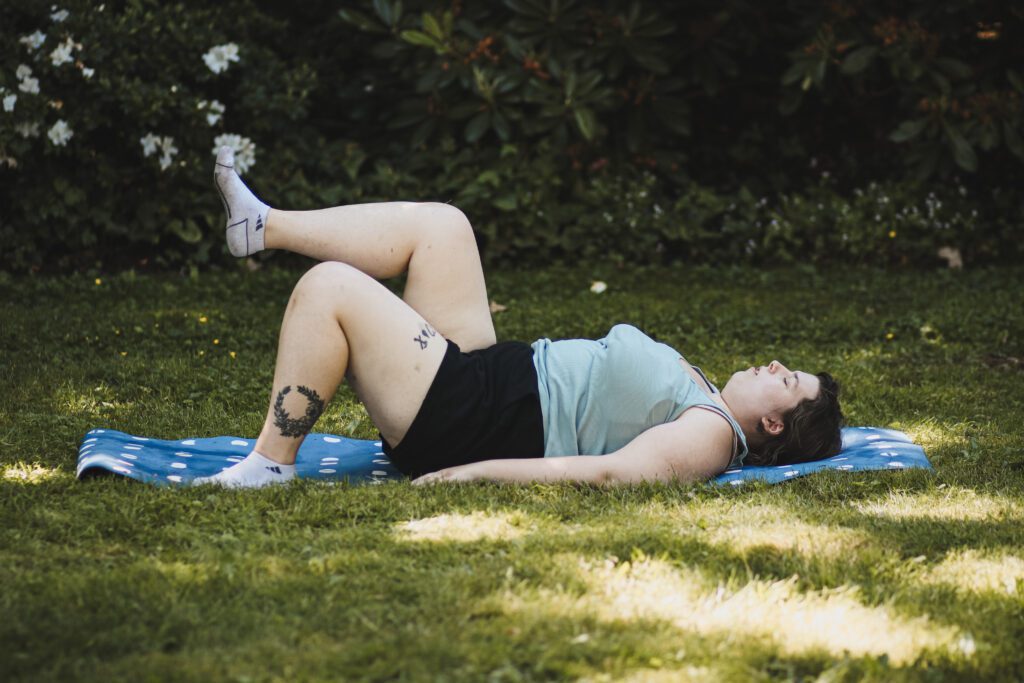
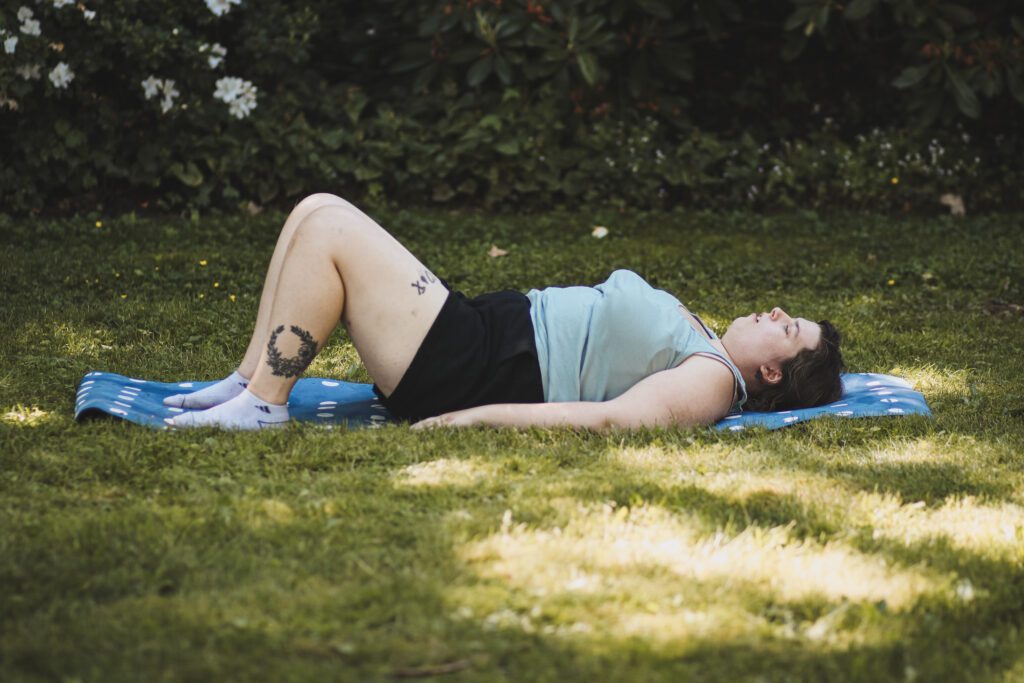
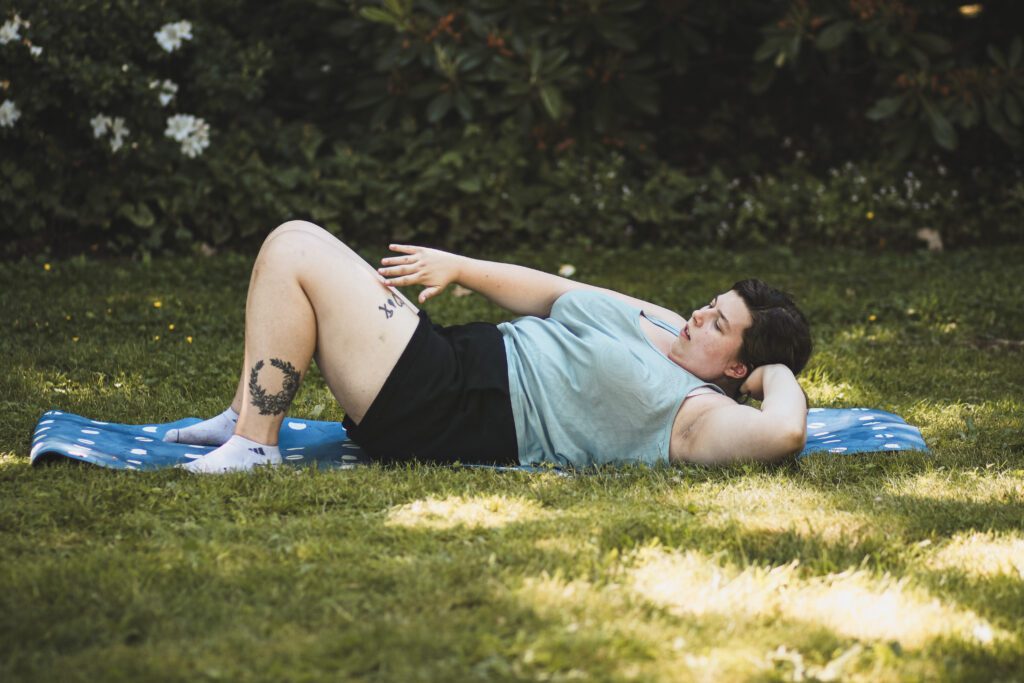
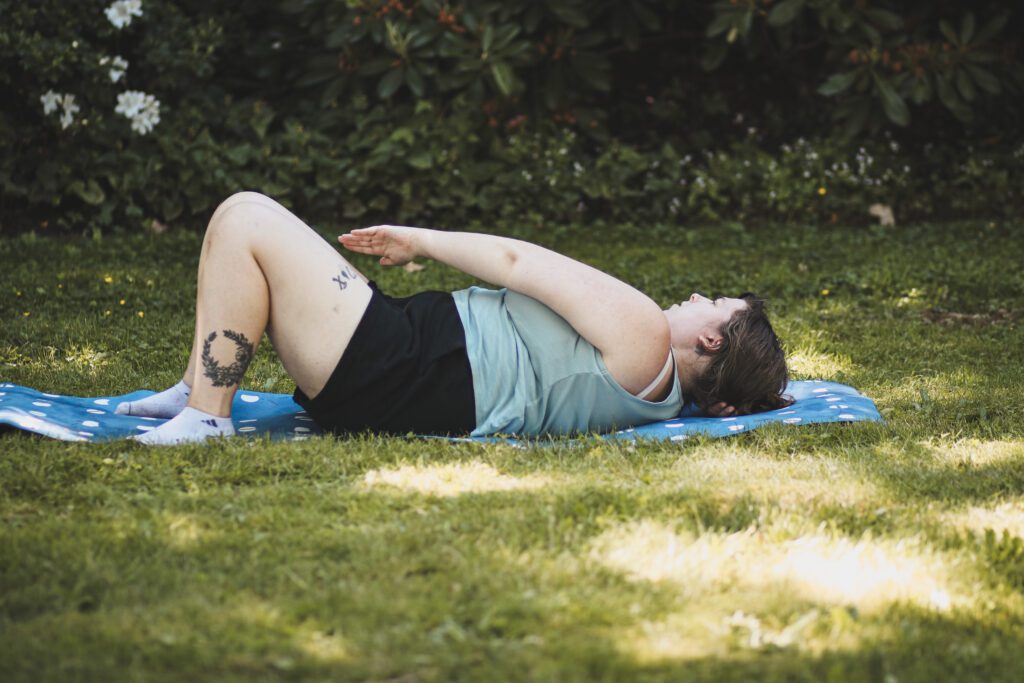
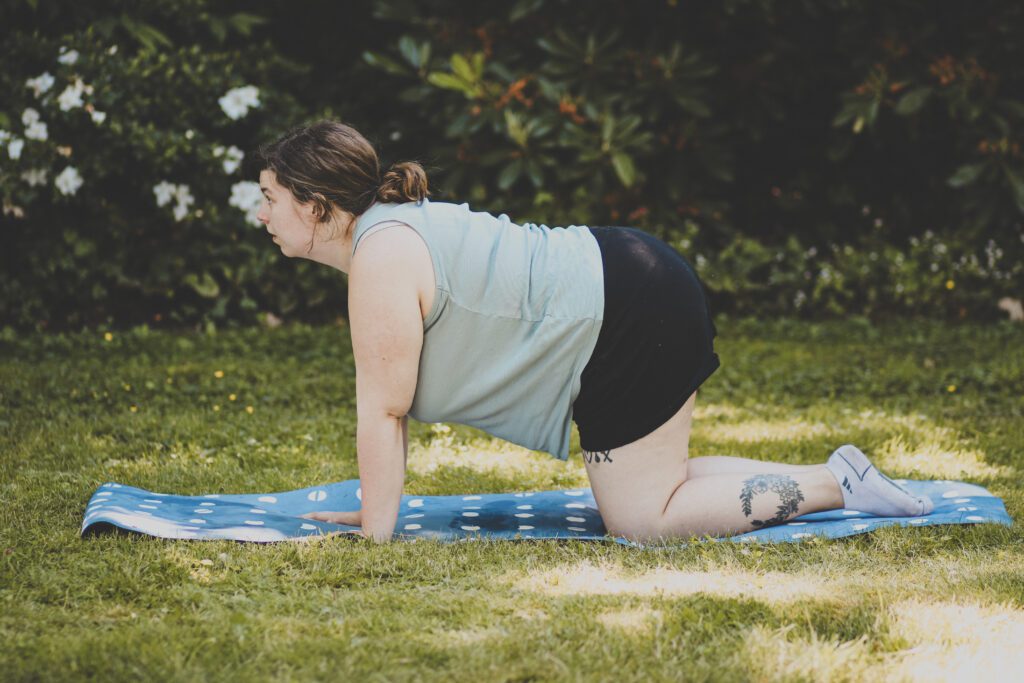

Son équipe a donc fait preuve d’ingéniosité. Plutôt que de pondre des rapports ennuyeux ou de balancer des recommandations poussiéreuses, ils ont sorti les caméras. Ils ont tourné des vidéos montrant des exercices avec des bébés gigotant sur des tapis de yoga. Ils ont filmé des femmes de toutes formes, tailles et couleurs de peau en train de faire de petits mouvements accessibles — des « collations d’exercice » et non des régimes de gymnastique contraignants. Il ne s’agissait pas d’influenceurs du fitness, mais de mères. De vraies mères.
Puis, sont arrivées les nouvelles lignes directrices. Davenport et coll. ont publié des recommandations postpartum toutes fraîches : 120 minutes de mouvement modéré à vigoureux par semaine, en encourageant une reprise plus rapide et plus encadrée de l’activité physique. Rien de révolutionnaire en soi, mais le soutien clair à bouger doucement dès que possible, avec des conseils précis, ça, c’est du nouveau. Il existe même un nouvel outil bien pratique : le Questionnaire Menez une vie plus active pendant la période postpartum, qui permet de signaler les éventuels problèmes médicaux avant qu’une mère ne lace ses chaussures. Cet accent mis sur des mouvements doux et sécuritaires vient combler un gros manque : la confiance. Dans la recherche de la Dre Lesser, les mères ne parlaient pas de paresse, mais d’incertitude. Elles n’évitaient pas l’exercice, elles avaient peur de mal faire, de faire du mal. Un peu de conseils peut faire beaucoup lorsque la confiance a été ébranlée par les points de suture, le manque de sommeil et le silence.
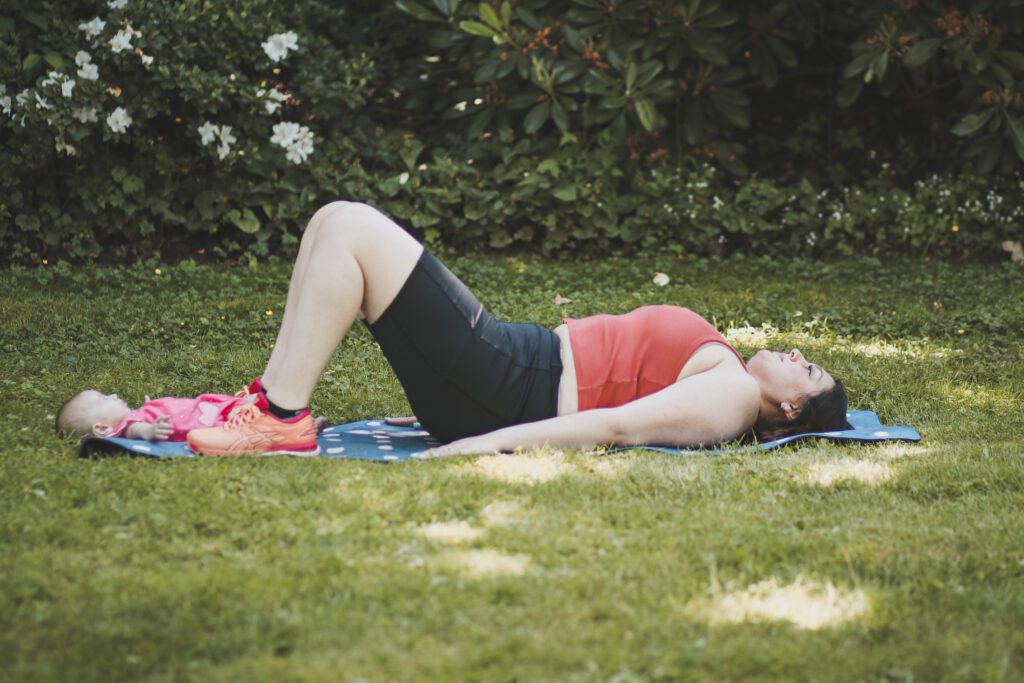

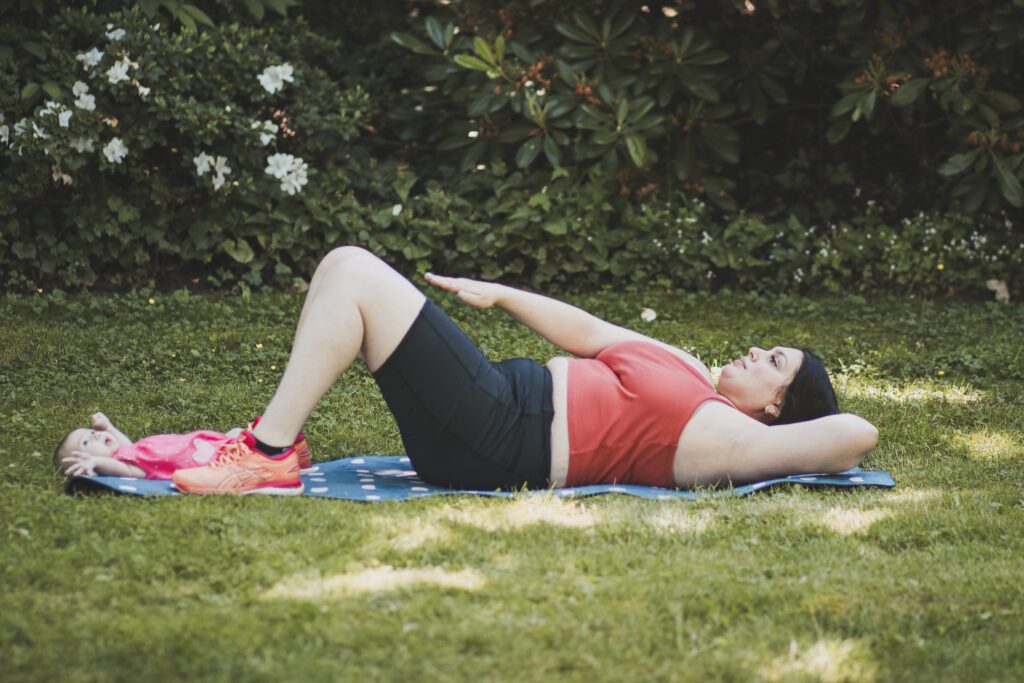

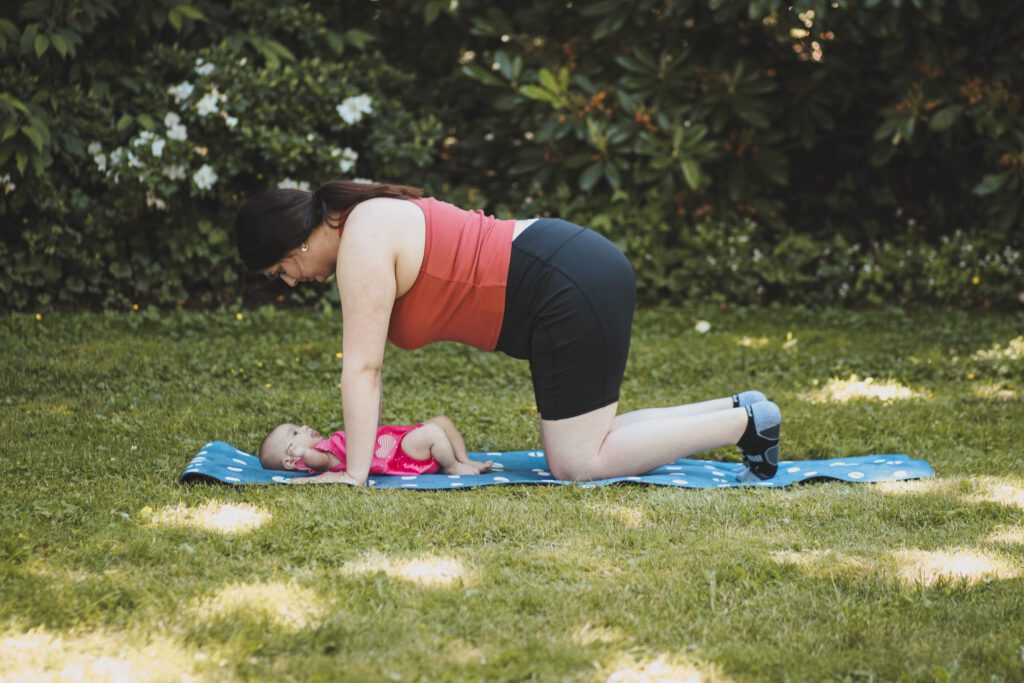
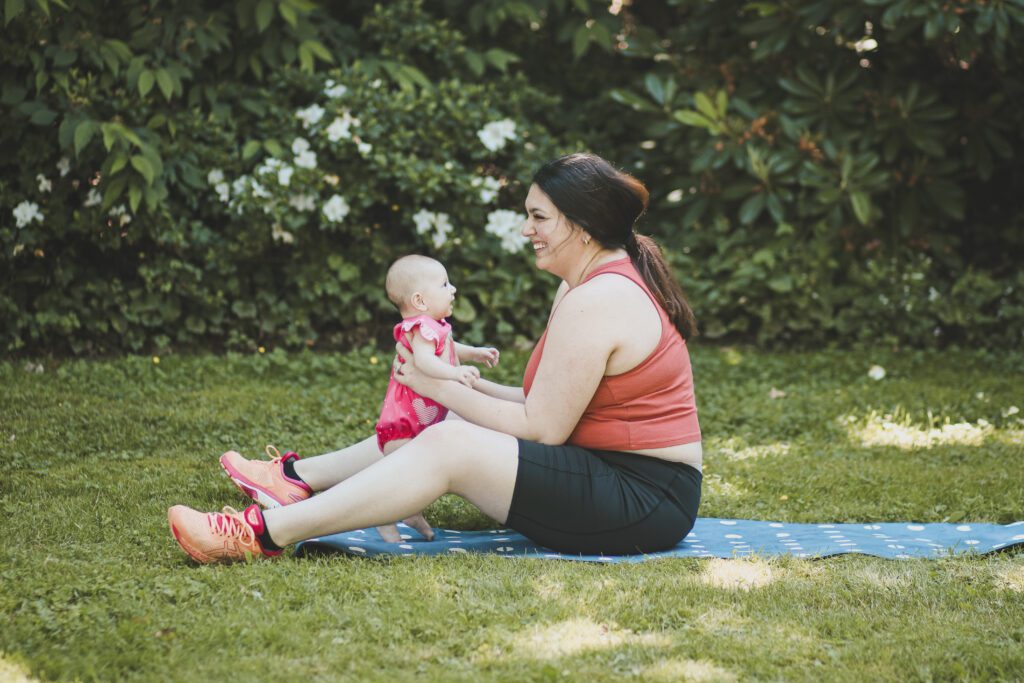
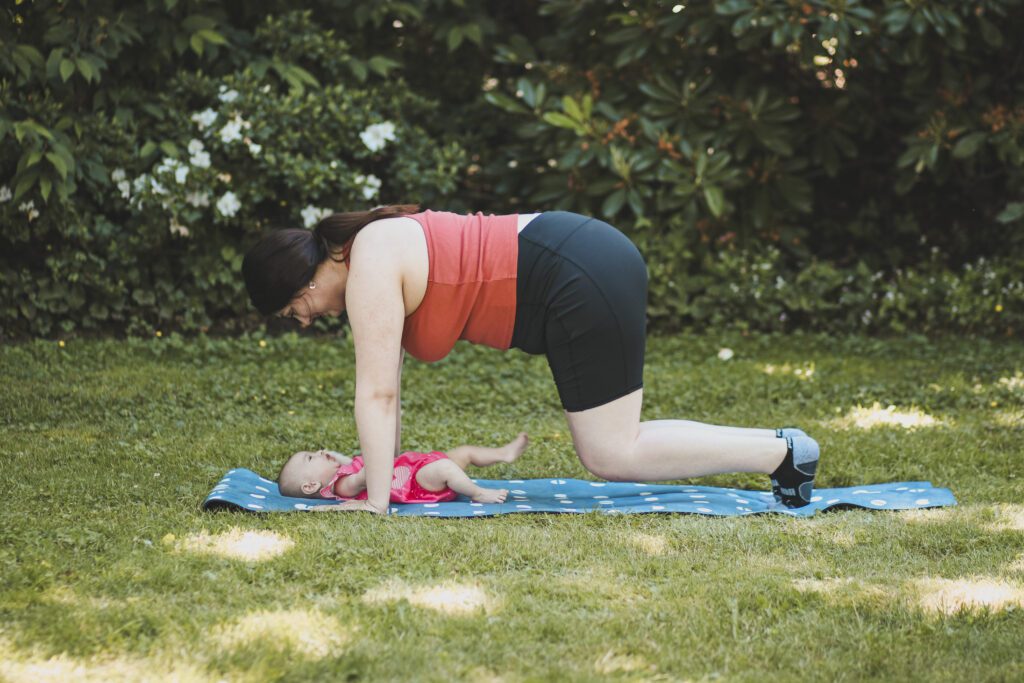
Mais c’est là que les choses se compliquent. Les lignes directrices sont peut-être fondées sur des données scientifiques, mais pour beaucoup, elles ressemblent davantage à un plan de performance qu’à un véritable coup de pouce. Les forums sur l’éducation des enfants se sont enflammés de commentaires. Un utilisateur a écrit sur Mumsnet, comme le rapporte The Guardian, qu’il trouvait cela « follement optimiste » et qu’il était difficile de penser à une séance d’entraînement lorsqu’on survit à coup de barres de céréales et de deux heures de sommeil. Et il n’a pas tort. Si les conseils ne sont pas ancrés dans la réalité vécue, s’ils ne laissent pas de place à la grâce, au désordre et aux moments d’effondrement, ils peuvent donner l’impression d’être une norme de plus impossible à respecter. Ce ne sont pas les conseils qui posent problème, mais la manière dont nous les présentons.
Les recherches de la Dre Lesser, fondées sur des entretiens, des données d’enquête et même l’auto-photographie (des mères documentant leur propre mouvement), révèlent quelque chose de discrètement radical : lorsque les femmes voient des corps semblables au leur reflétés dans le contenu lié à l’activité physique, elles sont plus enclines à bouger. Plus important encore, elles se sentent mieux dans leur peau, dans leur identité de mère et dans leur capacité à être actives selon leurs propres termes. Il ne s’agit pas seulement d’aplatir le ventre ou de raffermir les fessiers. Il s’agit de réécrire le récit de ce à quoi ressemble la « santé » après la naissance.
« Vous avez tout ce poids de bébé en trop. Vous ne dormez pas bien. Vous essayez de vous adapter à cette nouvelle normalité… et puis vous voyez cette vidéo de personnes parfaitement minces qui font tous ces mouvements et contorsions fous. » ~ Une participante
Cet essai photographique est plus qu’une collection d’images et de vidéos : c’est un contre-récit. Il perturbe les images aseptisées des médias sociaux et les remplace par quelque chose de meilleur : la vérité. Vous verrez des ponts fessiers, des squats et des « chiens-oiseaux » pour stabiliser le tronc, certes, mais aussi des sourires et des muscles qui font leur travail.
C’est important. Non seulement parce qu’une mère sur sept souffre de dépression postpartum, ni seulement parce que les nouvelles mamans rapportent un manque d’efficacité personnelle et de satisfaction corporelle, mais parce que, pendant trop longtemps, les médias visuels les ont laissées tomber. Et lorsqu’ils les laissent tomber, ils érodent leur sentiment de possibilités.
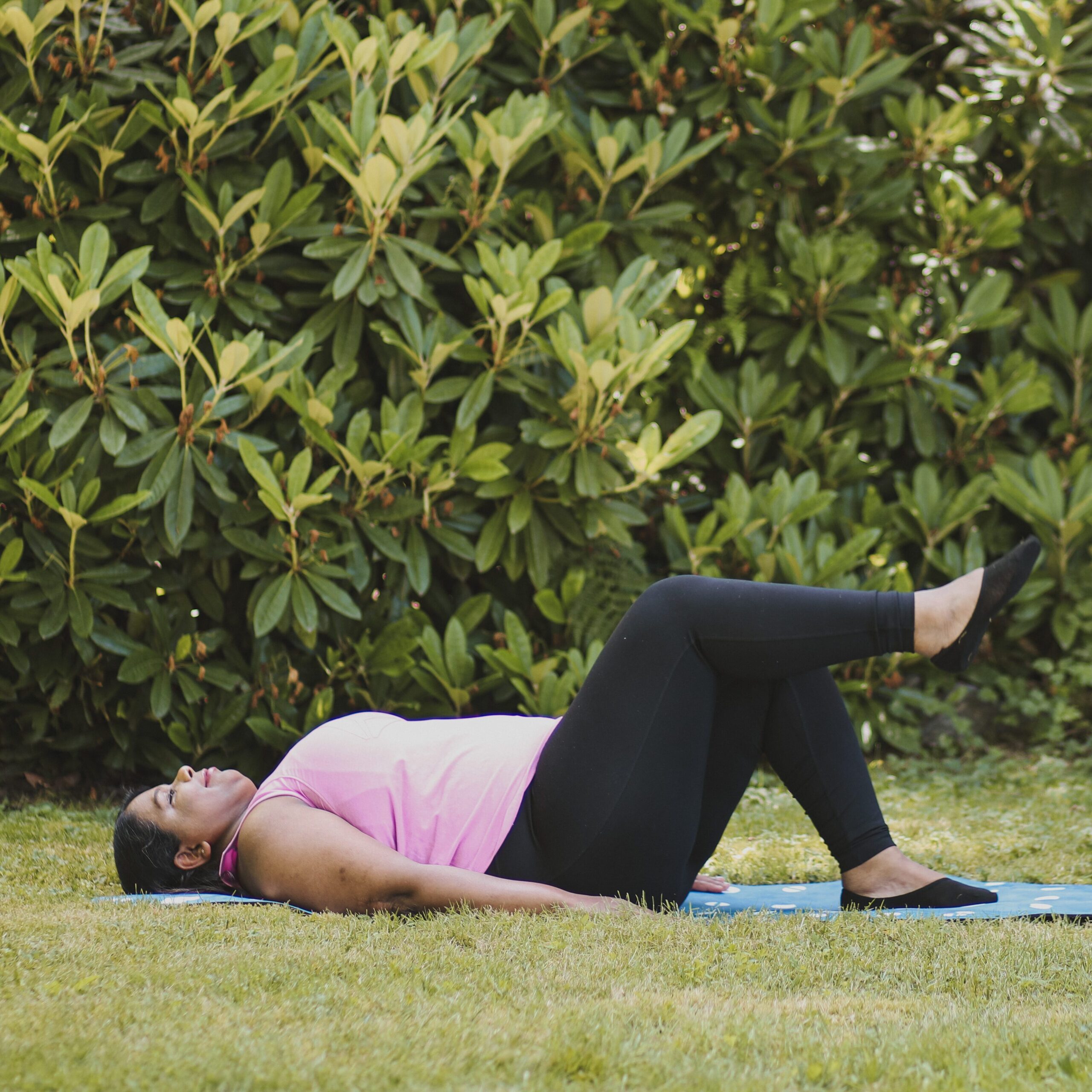
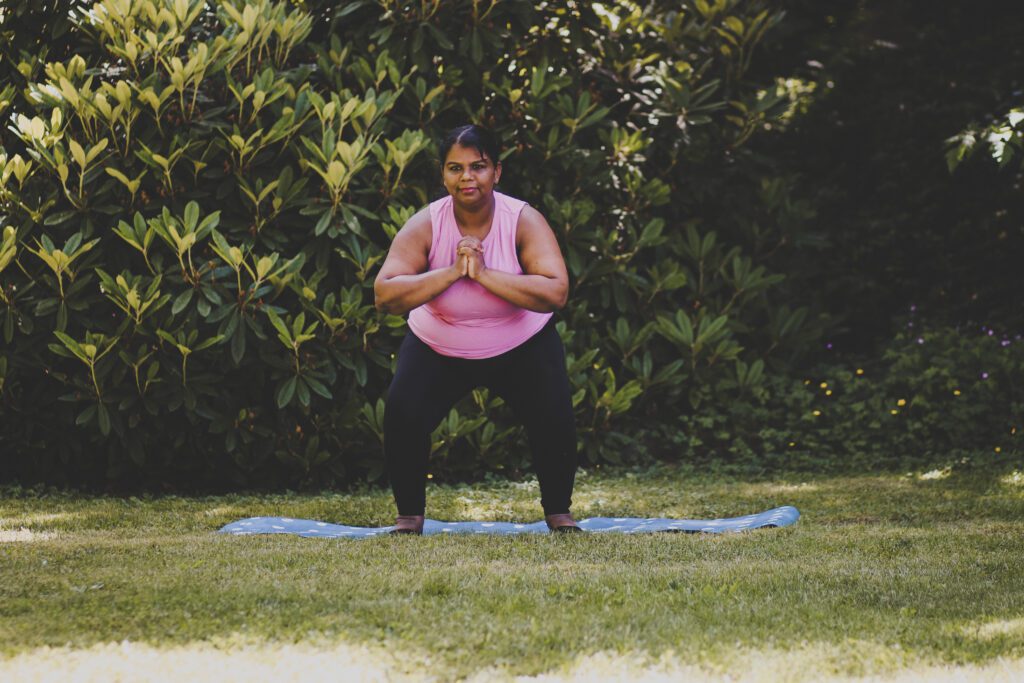
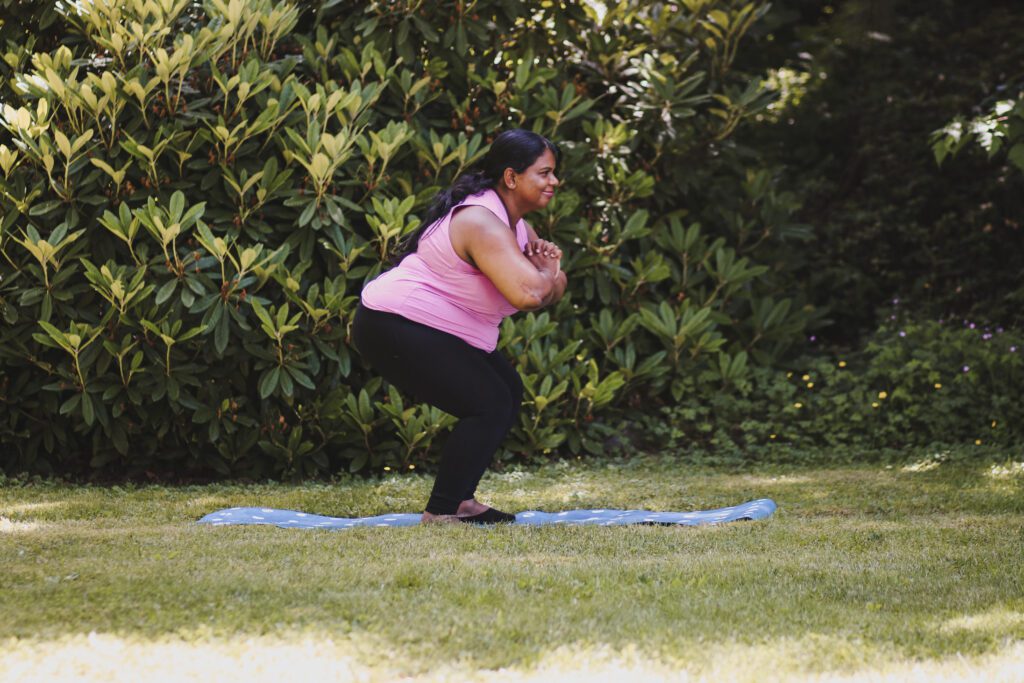

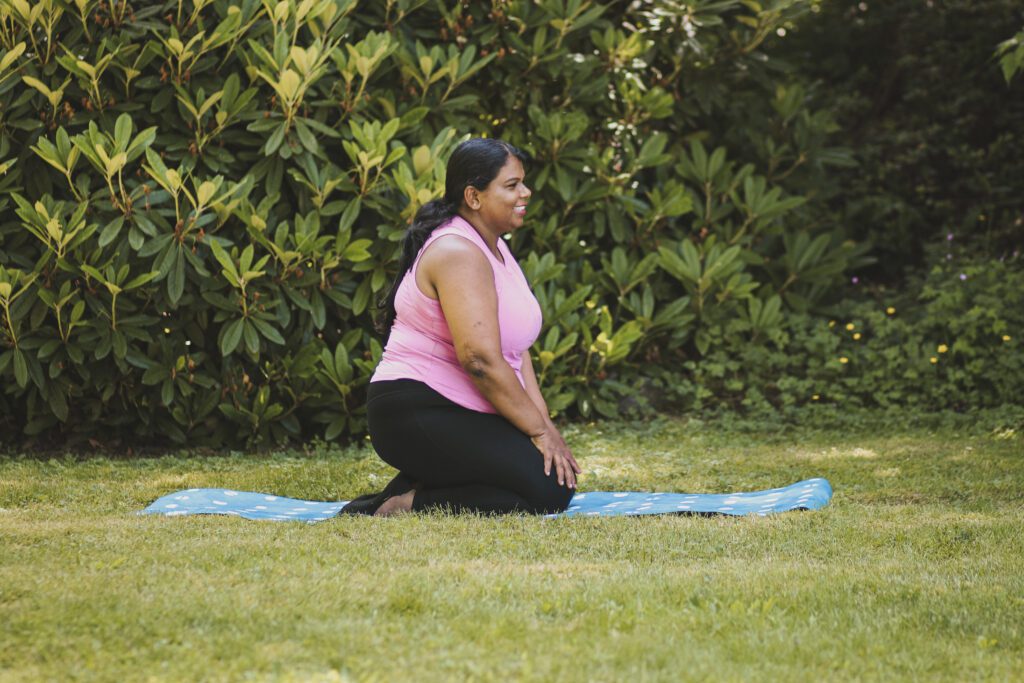
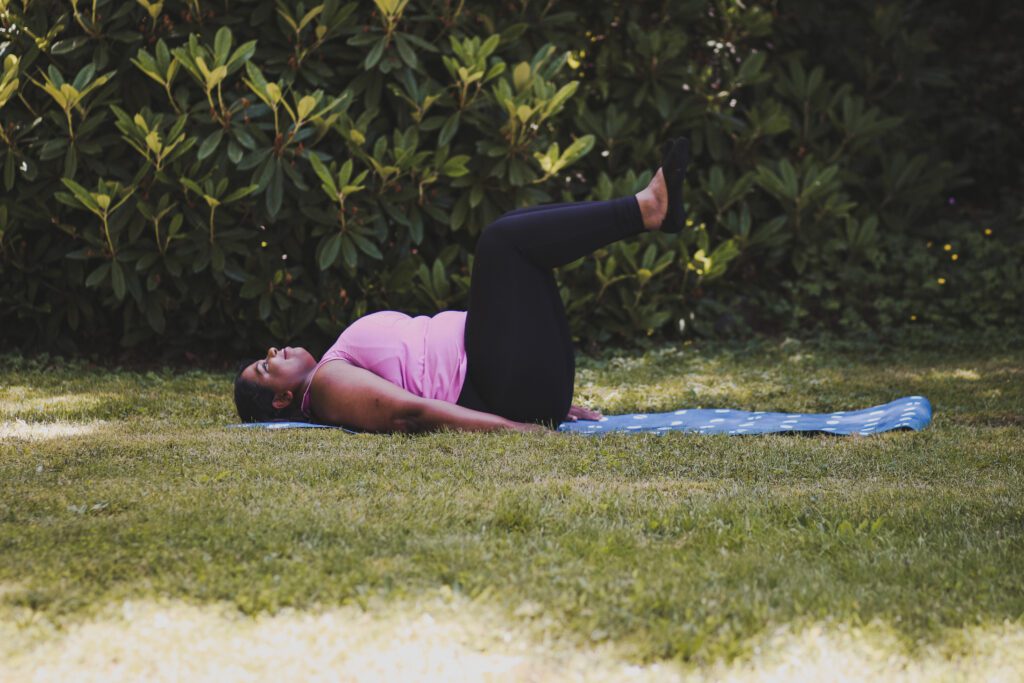
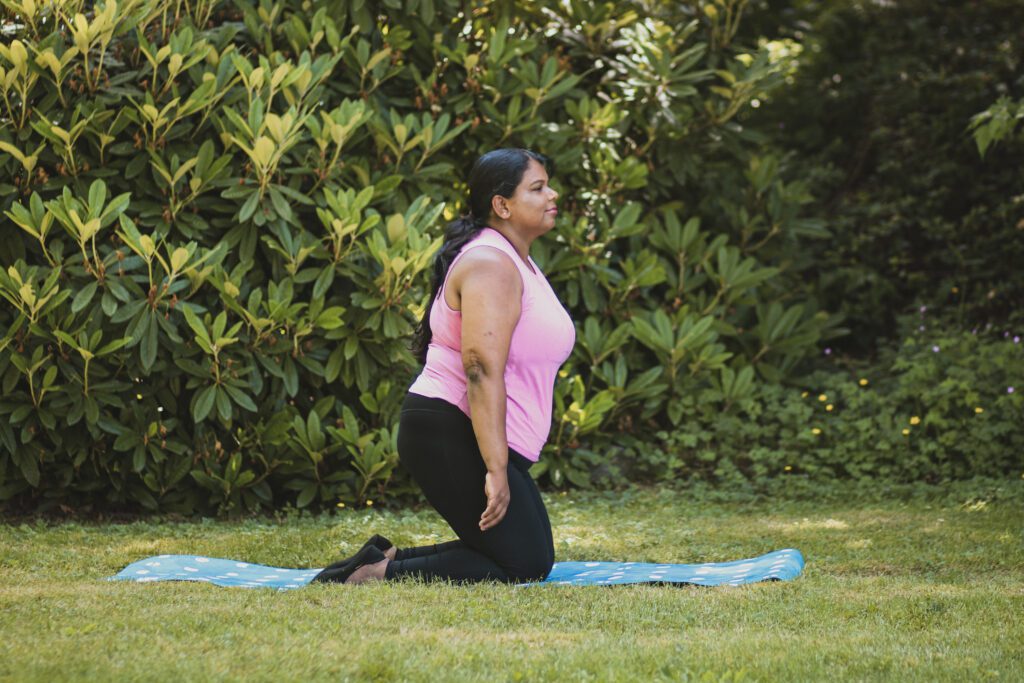
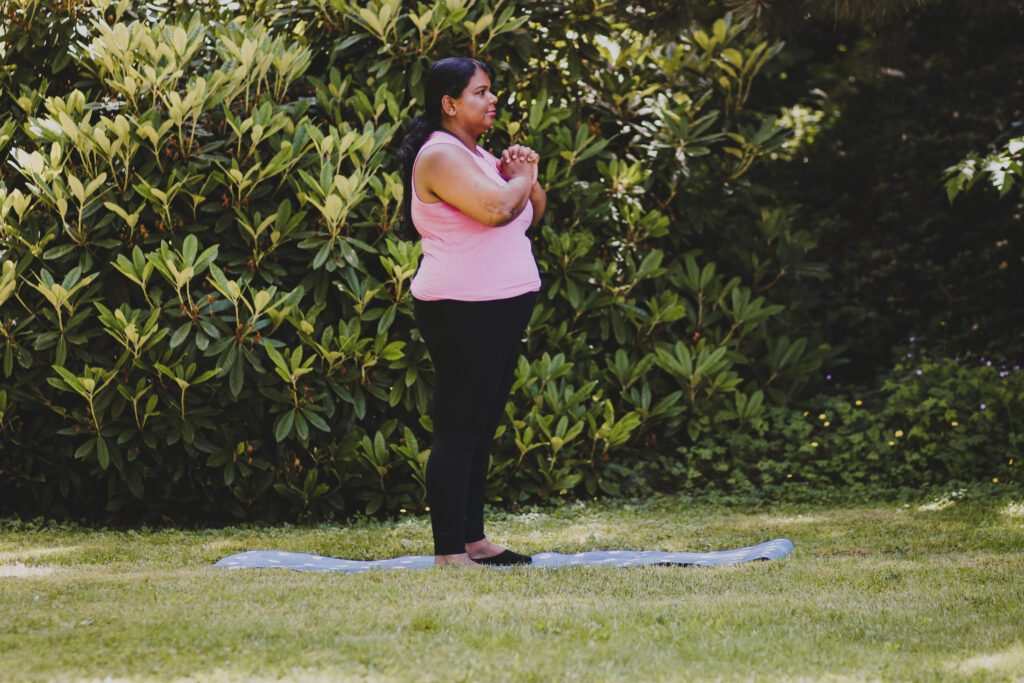
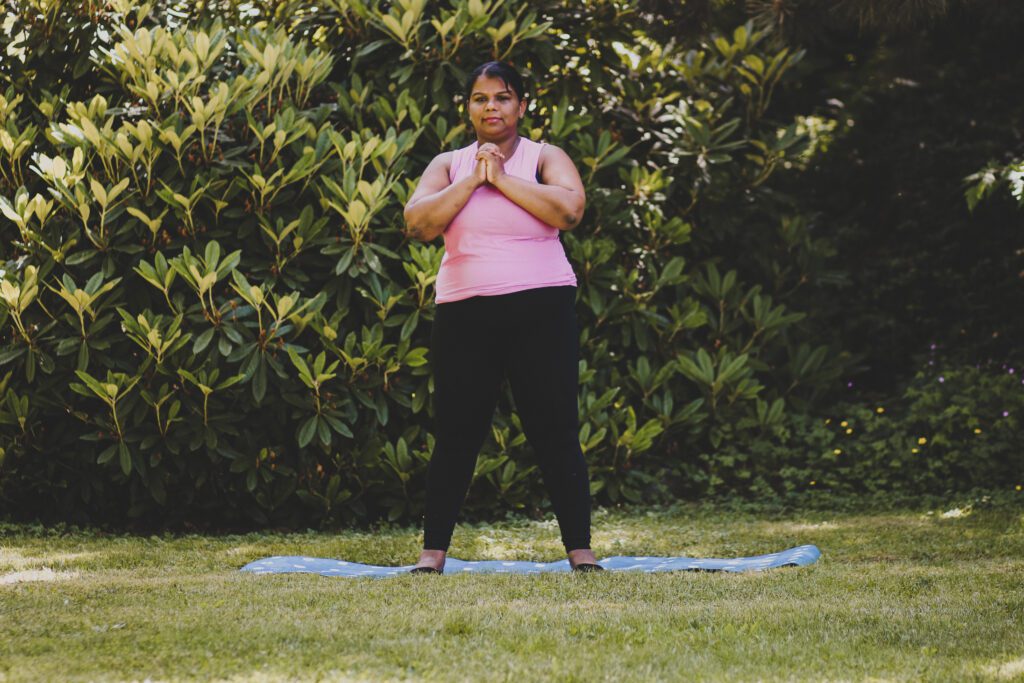

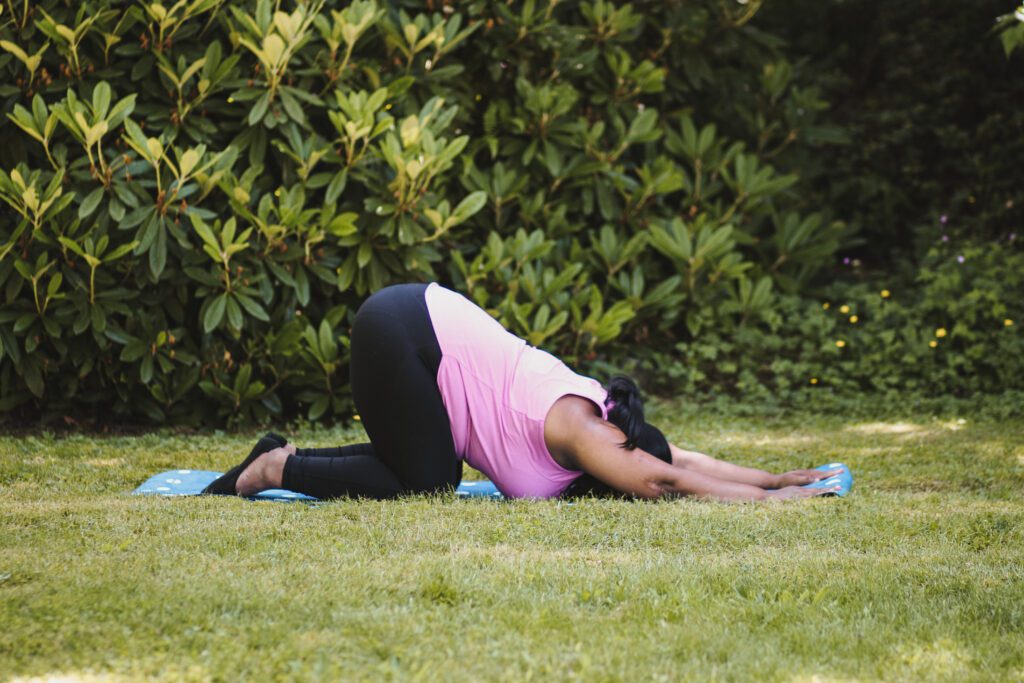
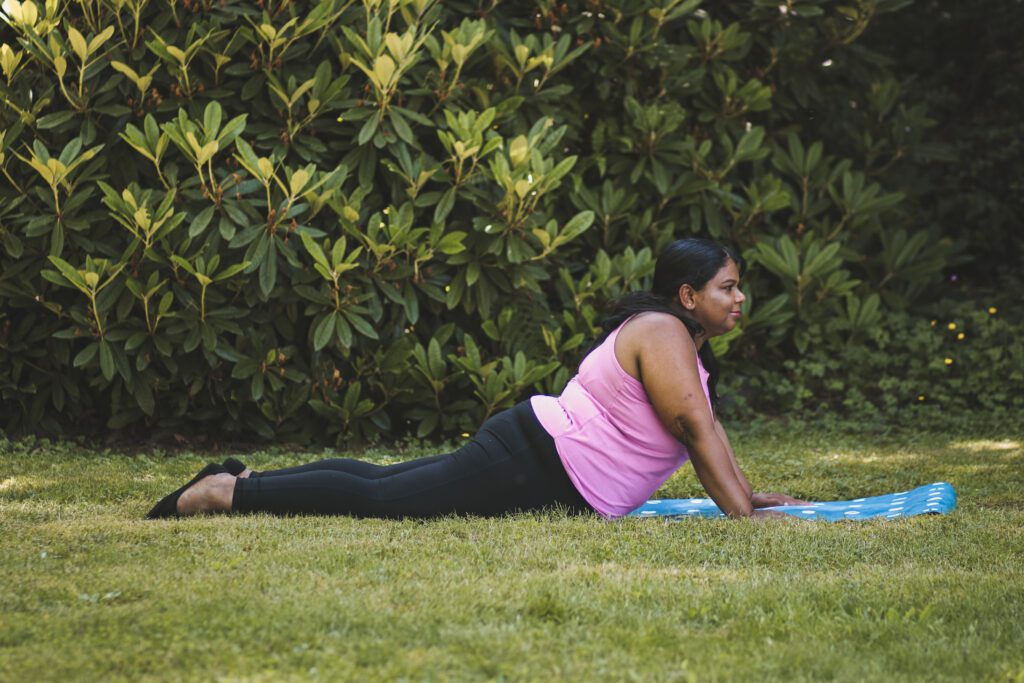

La Dre Lesser et ses collègues, dont les assistantes de recherche Megan Filiatrault, Paige Johnston et Breanne Hobbs, ont ouvert la voie. Avec le soutien du Centre de documentation sur le sport (SIRC), elles ont créé des outils, des guides et maintenant des documents visuels qui reflètent l’éventail complet et magnifique de l’activité physique postpartum
Le vrai rebond? Ce n’est pas votre corps d’avant bébé. C’est votre sens de l’organisation.